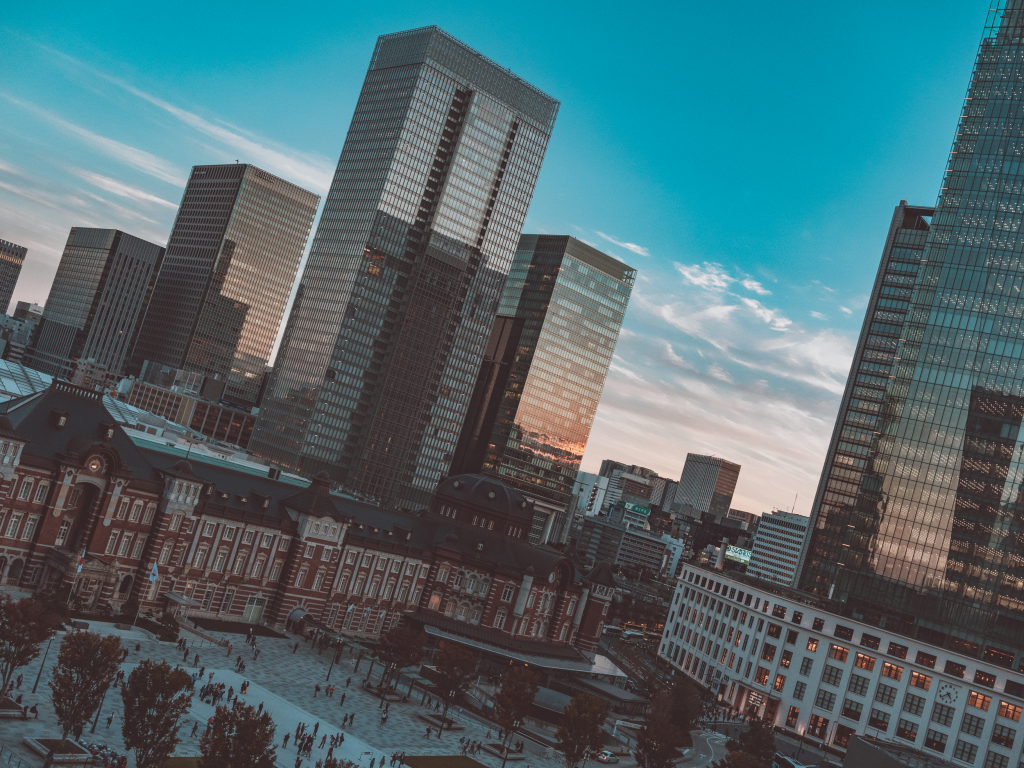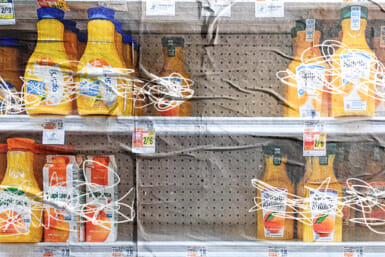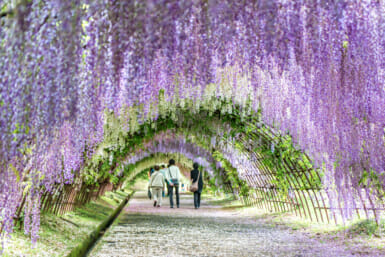Crane your necks upwards and wander through the glass, concrete and steel heart of Tokyo’s financial world. Marunouchi is not all about money and modernity, however, offering some truly pleasant and tranquil spots in which to spend a lazy afternoon.
Skyscraper City
On a weekday the area is predominantly awash with suits employed in one of the hundreds of offices that exist within the numerous high-rise monoliths, many of which belong to Japan’s biggest and most powerful companies and banks. The wide Manhattan-esque streets are quiet during working hours and weekends, giving Marunouchi a surprisingly stress-free atmosphere.
The tree-lined Marunouchi Naka-dori, which leads to Yurakucho, has plenty of high-end boutiques and brands to splash out on, and during the winter season is given an extra dash of style with its famed illuminations. Being traffic free between 11am and 3pm (5pm on the weekend) allows for some alfresco dining options at its chic cafés. Keep a lookout for artworks along the street such as Yayoi Kusama’s “I am a Pumpkin.”
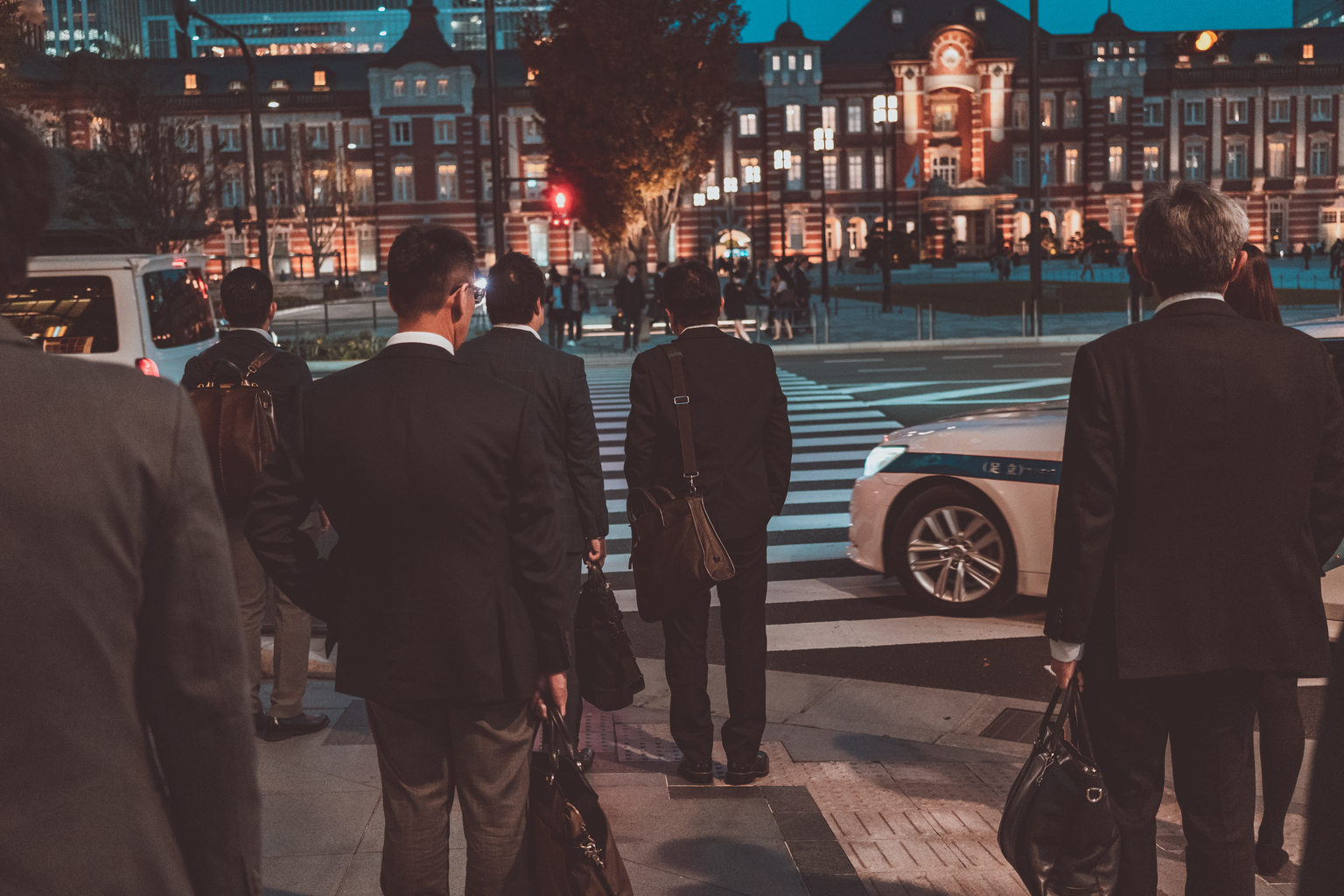
Marunouchi at Night
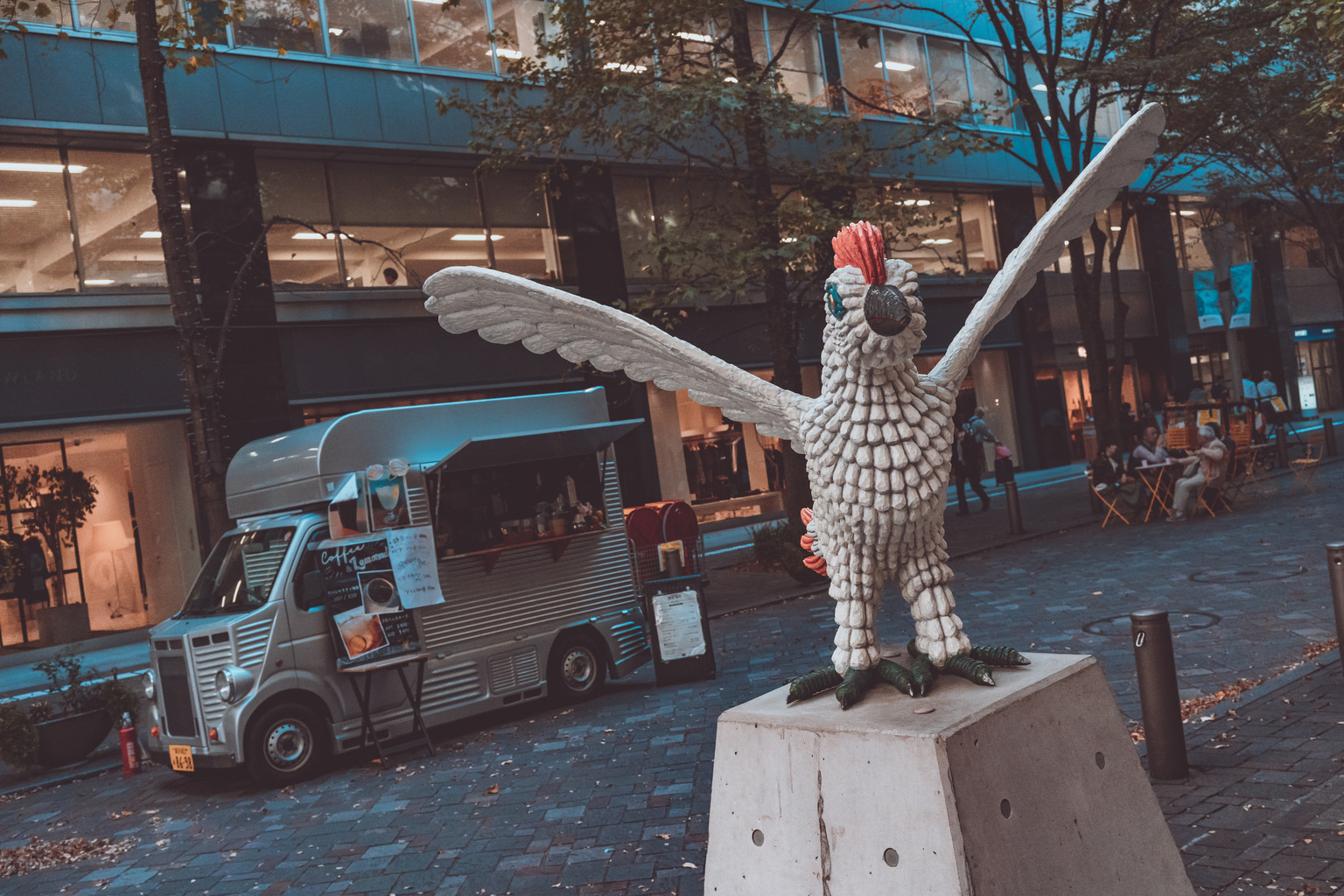
Marunouchi Naka-dori
Going Underground
A visit to Marunouchi means spending a good chunk of time within Tokyo Station, and not just because you can’t find your way out. The station’s network of connecting passageways are home to plenty of great places for souvenir hunting and curbing hunger pangs, particularly along First Avenue Tokyo Station. Fans of Japan’s weird and wonderful characters such as Crayon Shin Chan, Ultraman, Rilakkuma et al. can stroll down the aptly named Tokyo Character Street and purchase official merchandise; ramen lovers can head the other direction to – yup, you guessed it – Ramen Street for highly rated broth (for vegans, check out T’s TanTan on the first floor before exiting the JR barriers).
The station is also home to a grand hotel and gallery, the latter encompassing the original red-brick walls of the building into its exhibition rooms. Connecting both Marunouchi Building and Shin-Marunouchi Building from the station — which themselves offer great dining and shopping options — is the Gyoko-dori Underground Gallery. Aside from providing a convenient passage in bad weather, the space displays a rotating roster of diverse art exhibits to freely enjoy.
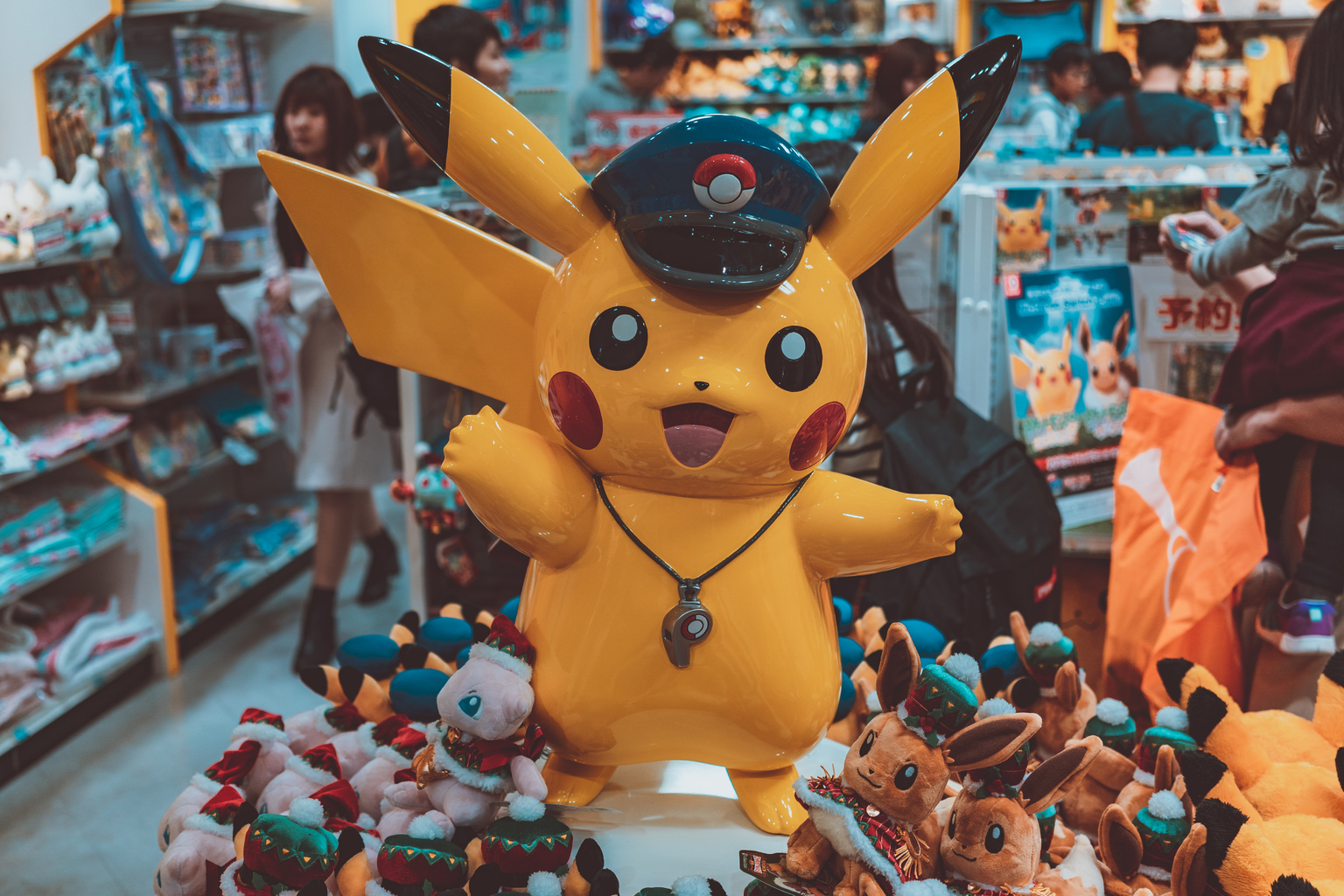
Tokyo Character Street
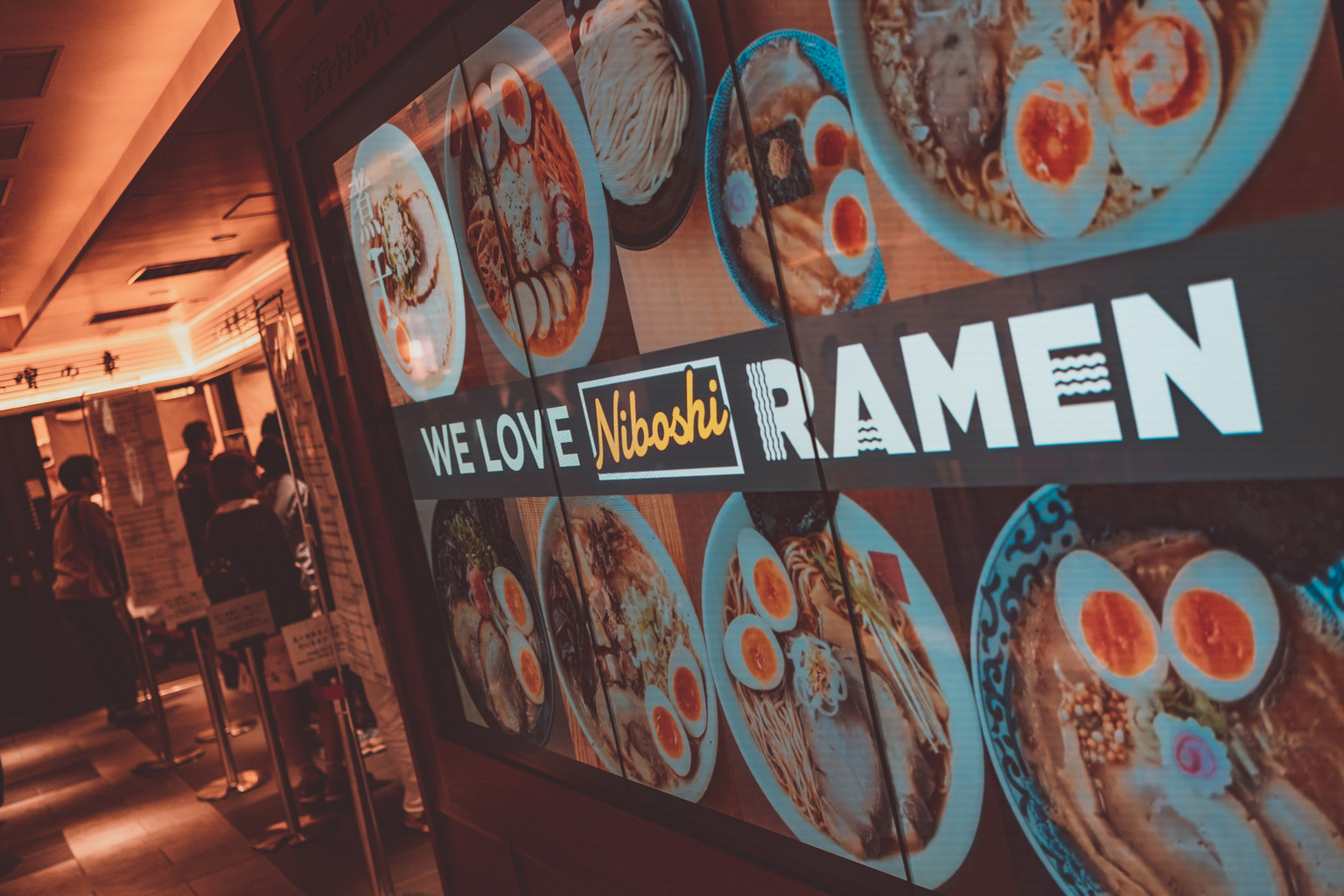
Ramen Street
Imperial Pleasures
The station building and the surrounding area underwent a series of renovations that began back in 2007. Having been destroyed during WWII and then rebuilt with a different look, the two station domes were recently restored to their original 1914 design, and the red-brick facade — which glows impressively at night — can now be admired from the broad, white granite paved Marunouchi Central Plaza which was completed in 2017.
Neatly linking the station and Nijubashi (Double Bridge), Fushimi Yagura watchtower and Sakurada-mon gate of the Imperial Palace is the ginkgo tree-lined promenade Gyoko-dori. But why walk when a rickshaw driver can do the legwork for you, particularly if you’re feeling flush. Slightly pricey 30-minute (¥18,000 for two) and 45-minute (¥24,000 for two) rides are available, starting from Marunouchi Building every hour between 9am and 6pm, and will whiz you past some of the major sights in the area, including Kokyo Gaien (Imperial Palace Outer Gardens).
Relax and unwind under one of the 2,800 pine trees along this lush green stretch or head over to the nearby Wadakura Fountain Park, another spacious spot with a waterfall feature and fountains connected by narrow water channels that are lit up at night for a bit of added ambiance.
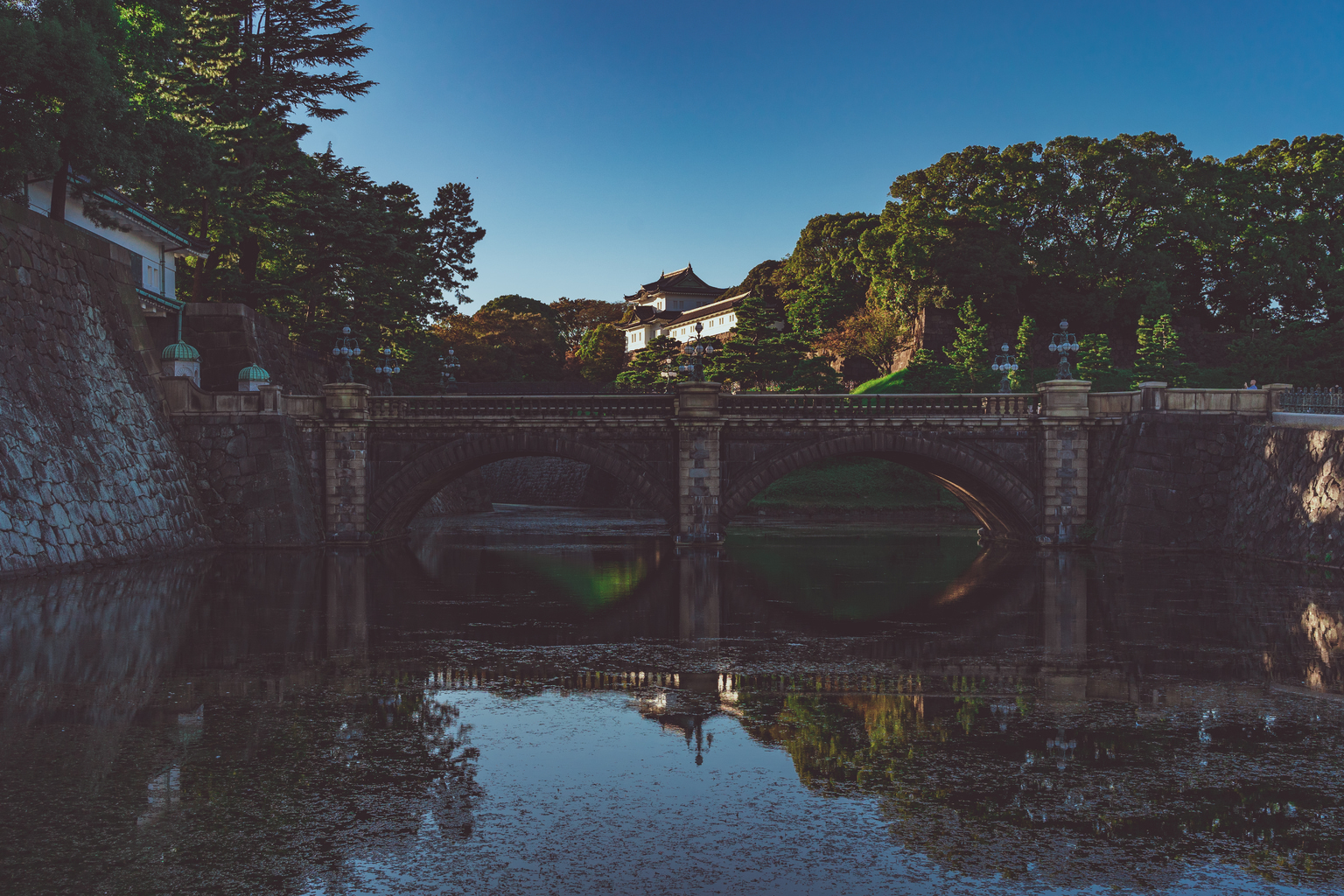
Seimon Stonebridge Leading To The Imperial Palace
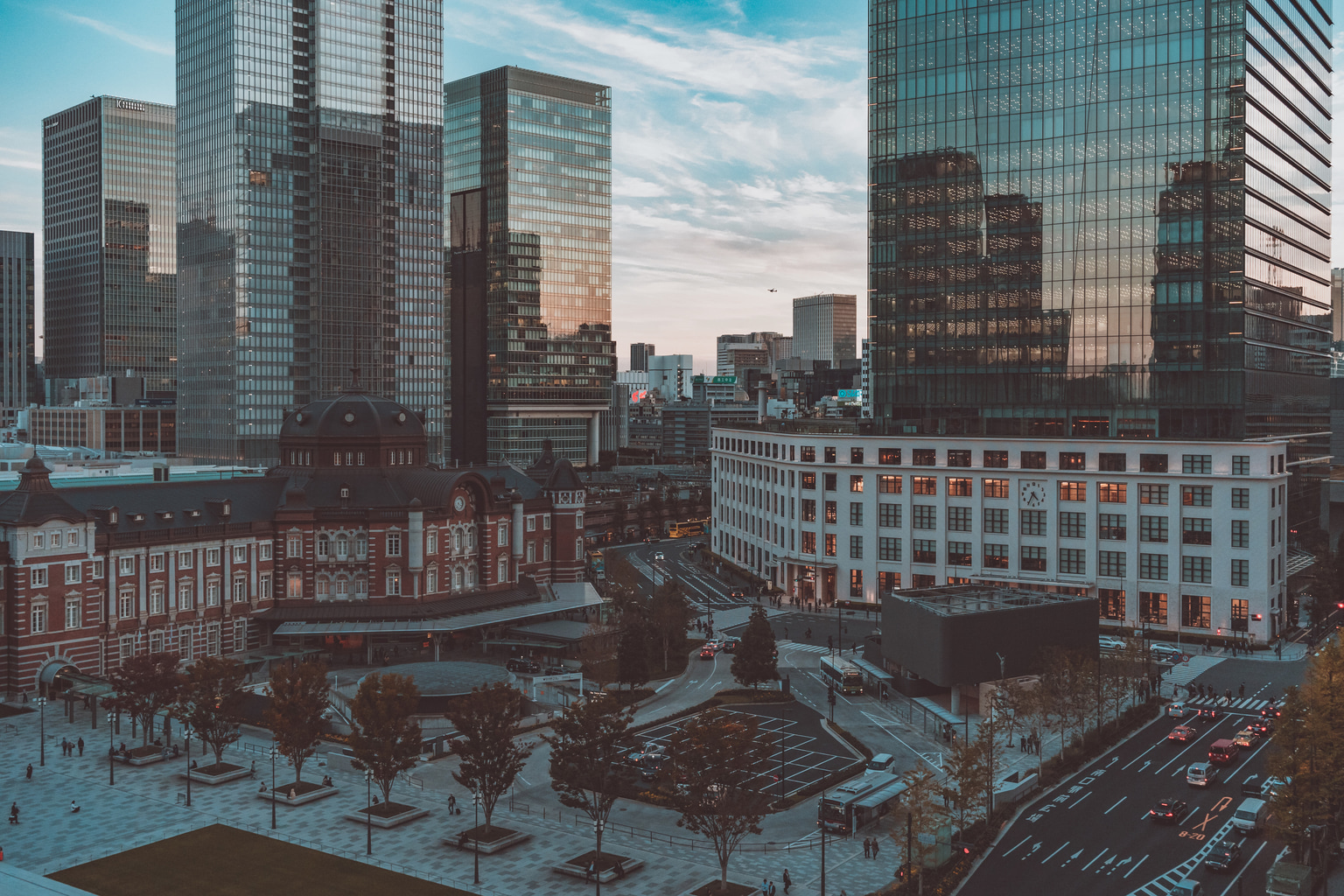
The View Of Tokyo Station And Marunouchi Central Plaza
The Past Still Present
Unsurprisingly, it’s the more modern structures that dominate the skyline in Marunouchi, such as the 38-story JP Tower which dwarfs the former Tokyo Central Post Office in front of it. Though the white-faced facade of the 1933 original building remains, the interior has been remodeled and rebranded as KITTE – a five-story retail and dining facility featuring a Kengo Kuma-designed, naturally lit atrium and a rooftop terrace from which to view the station and the plaza below (Marunouchi House on the seventh floor of the Shin-Marunouchi Building also offers an attractive terrace with a view where you can tuck into food bought from one of the building’s many restaurants).
One notable inclusion to KITTE is a bit of a rare find in the city – a free museum. And a great one at that. A collaboration between Japan Post and the University of Tokyo, Intermediatheque is packed with an eclectic mix of museum favorites such as skeletons, taxidermy, maps, geology and much more to keep inquisitive minds engaged. Across from the palace grounds is the splendid Showa Era, Greek Revival-styled Meiji Seimei Kan that was once the Allied GHQ after WWII. It’s possible to go in and have a look around the lobby but only after 4:30pm and at weekends.
For more red-brick European stylings head down to the Mitsubishi Ichigokan Museum which focuses on exhibitions featuring 19th-century Western art. Designed by British architect Josiah Conder in 1894, the original building unfortunately aged beyond repair and met its fate in 1968, but was faithfully reconstructed and reopened to the public in 2010. Part of the aptly named Red Brick Square, the pleasantly quaint English garden nestled inside, is a popular spot to sit down and reflect on both the past and present of the city.
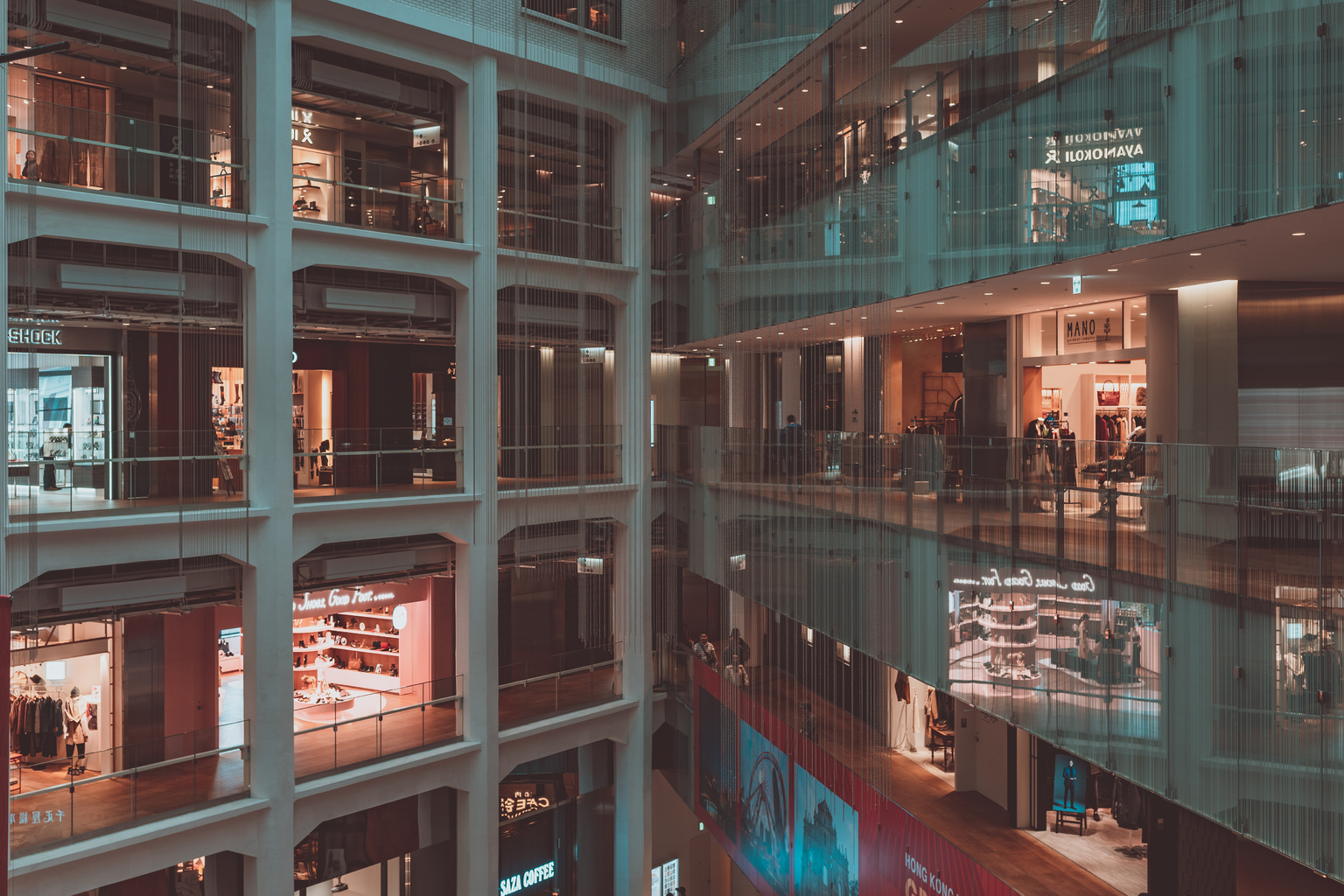
KITTE
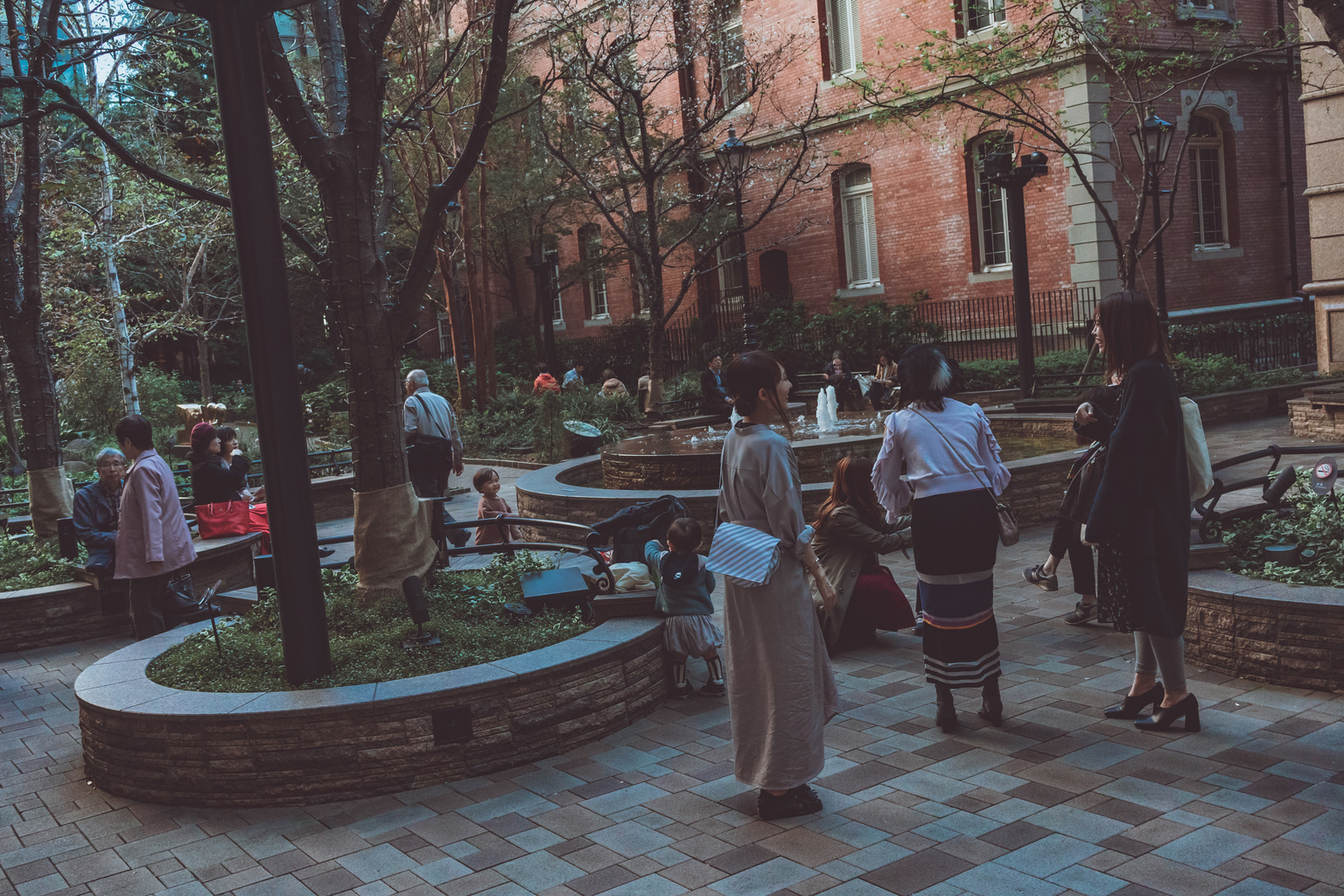
Red Brick Square

